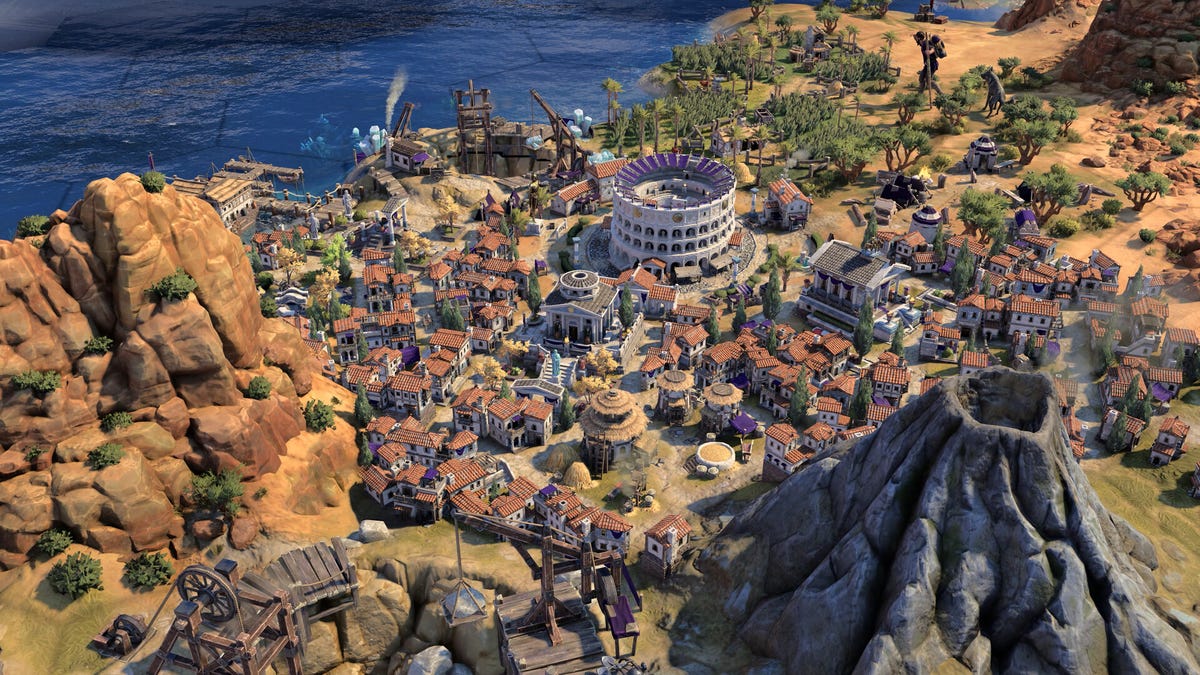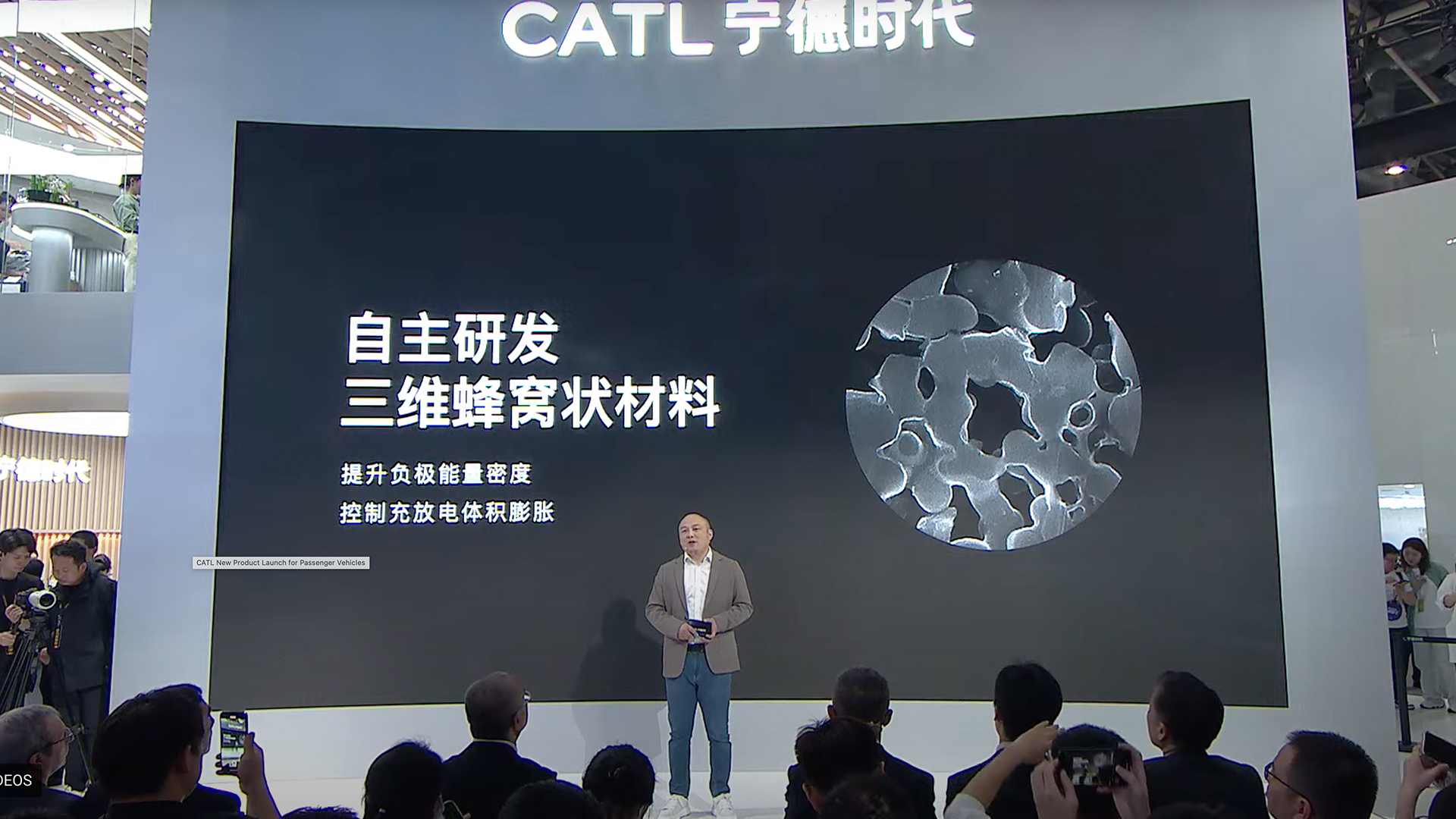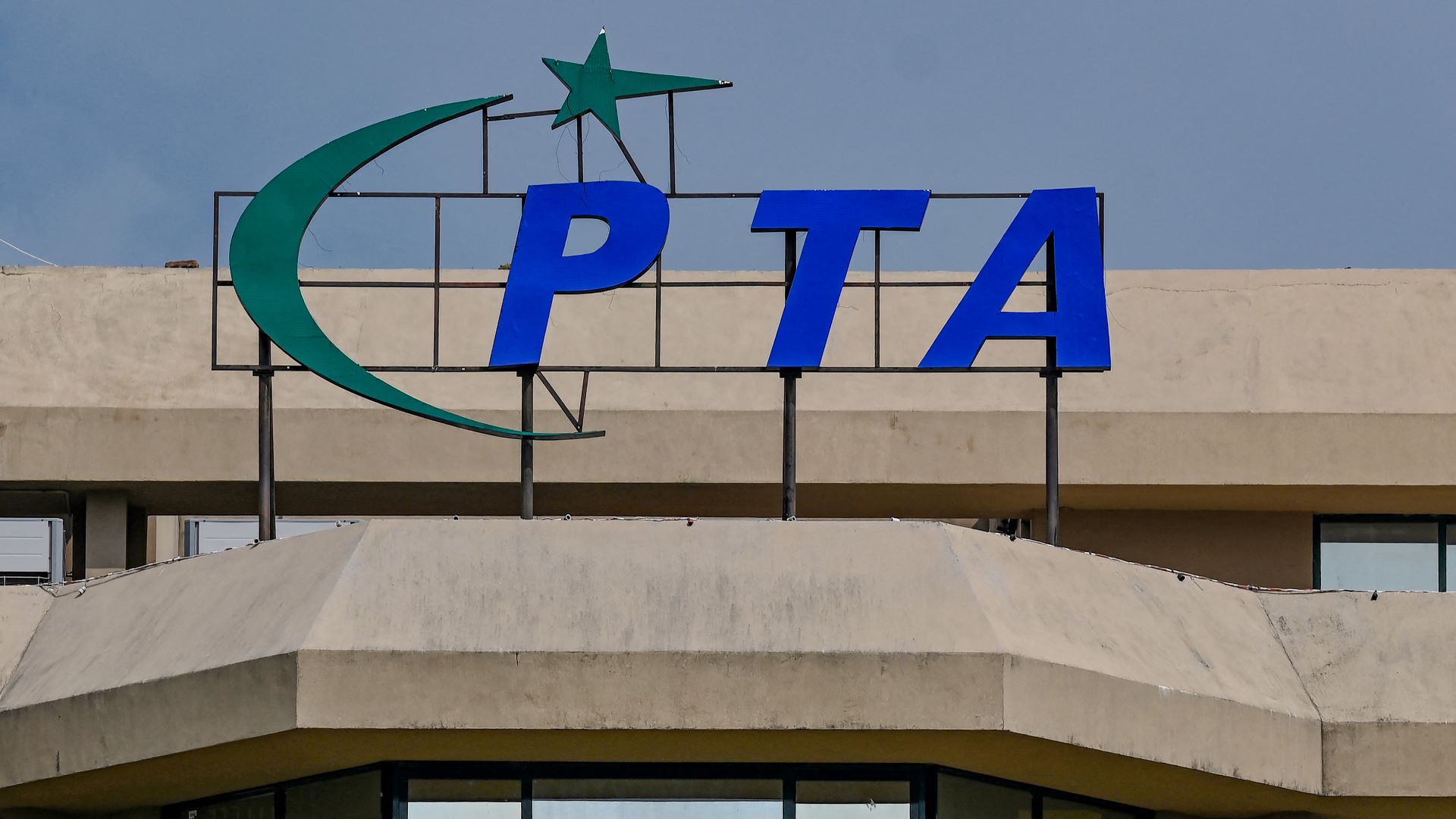Pope Francis dies latest: Details of Pope's final hours emerge - after pictures of Francis in open coffin released

The longest - and shortest - conclaves in Vatican history The conclave, as we've been reporting, should begin from 5 May, after a nine-day period of mourning that begins on the day of the funeral. That's the process to elect a new pope, with certain cardinals charged with choosing the next pontiff. While they decide, there is no contact with the outside world allowed. It's a tradition that dates back centuries - and hasn't always gone as smoothly as the Vatican would like. Three years to elect a pope Never was this more apparent than in the mid-13th century, when one conclave lasted nearly three years, or 33 months to be precise. That began in 1268 and ended in 1271, when Gregory X was finally chosen. But to hurry the conclave on, residents tore the roof off the building where the cardinals were deliberating and restricted their meals to bread and water. In a bid to avoid a repeat, Gregory decreed in 1274 that cardinals would only get one meal a day if the conclave stretched beyond three days. Bread, water and wine would have been on the menu if conclaves went past eight days. While the meals served at the Vatican's hotel these days are by no means gourmet, the cardinals will not go hungry - no matter how long they take. And the shortest? Before 1274, there were times when a pontiff was elected on the same day of their predecessor's death. But after that, the church decided to wait at least 10 days before the first vote. This was later extended to 15 days to give cardinals time to get to Rome. The quickest conclave observing the 10-day rule appears to have been the 1503 election of Julius II. He was chosen in just a few hours, according to Vatican historian Ambrogio Piazzoni.



















